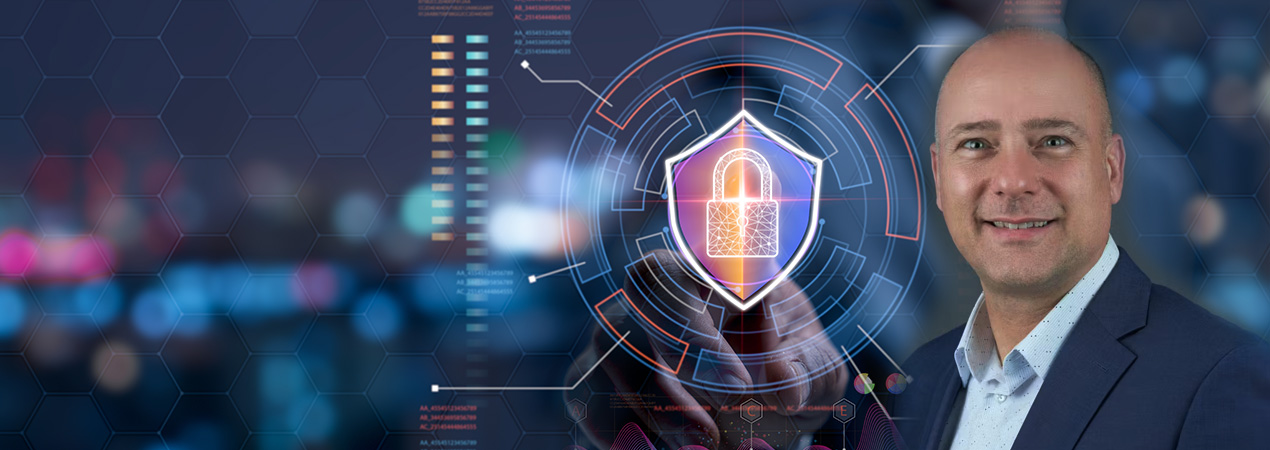SOC teams should view the vendor selection process as a journey, not a simple product purchase.
In today’s escalating threat landscape, Security Operations Center (SOC) teams face a constant cat-and-mouse battle against adversaries as they try to stay one step ahead. This situation isn’t helped by the fragmented tools, multiple data feeds, and data siloes they must contend with. Likewise, with so many security vendors with different approaches and solutions, how do they know what cybersecurity solutions they should invest in?
Making any security purchase is always an onerous task as SOC decision-makers analyze what questions to ask and what tools and solutions best fit their environment. However, SOC teams must equip themselves for the cyberthreat landscape they face, and many are now establishing their own threat intelligence operations and capabilities.
Sifting Through Mountains of Disparate Data
In the process of building out their threat intelligence capability, many SOC teams acquire multiple data feeds—from commercial sources, open source, the industry, and their existing security vendors—each in a different format. They soon realize they lack the manpower and technology to programmatically sift through mountains of disparate global data and use it. Without the proper resources, the data they’ve invested in becomes more noise, potentially generating many false positives.
Many organizations also fail to incorporate internal data into their threat intelligence. This is the telemetry, content, and data created by each layer in their security architecture, on-premises and in the cloud. It also includes data from modern security tools and technologies. Not only is this data high-fidelity, but it’s also free.
Numerous organizations invest in a threat intelligence platform (TIP) to use this data more productively. Selecting a TIP is important as it is the foundation for the entire security operations program. It allows teams to understand and act upon the highest-priority threats they face while enabling them to get more from their existing resources.
Learn MoreCredits By: www.securityinfowatch.com





